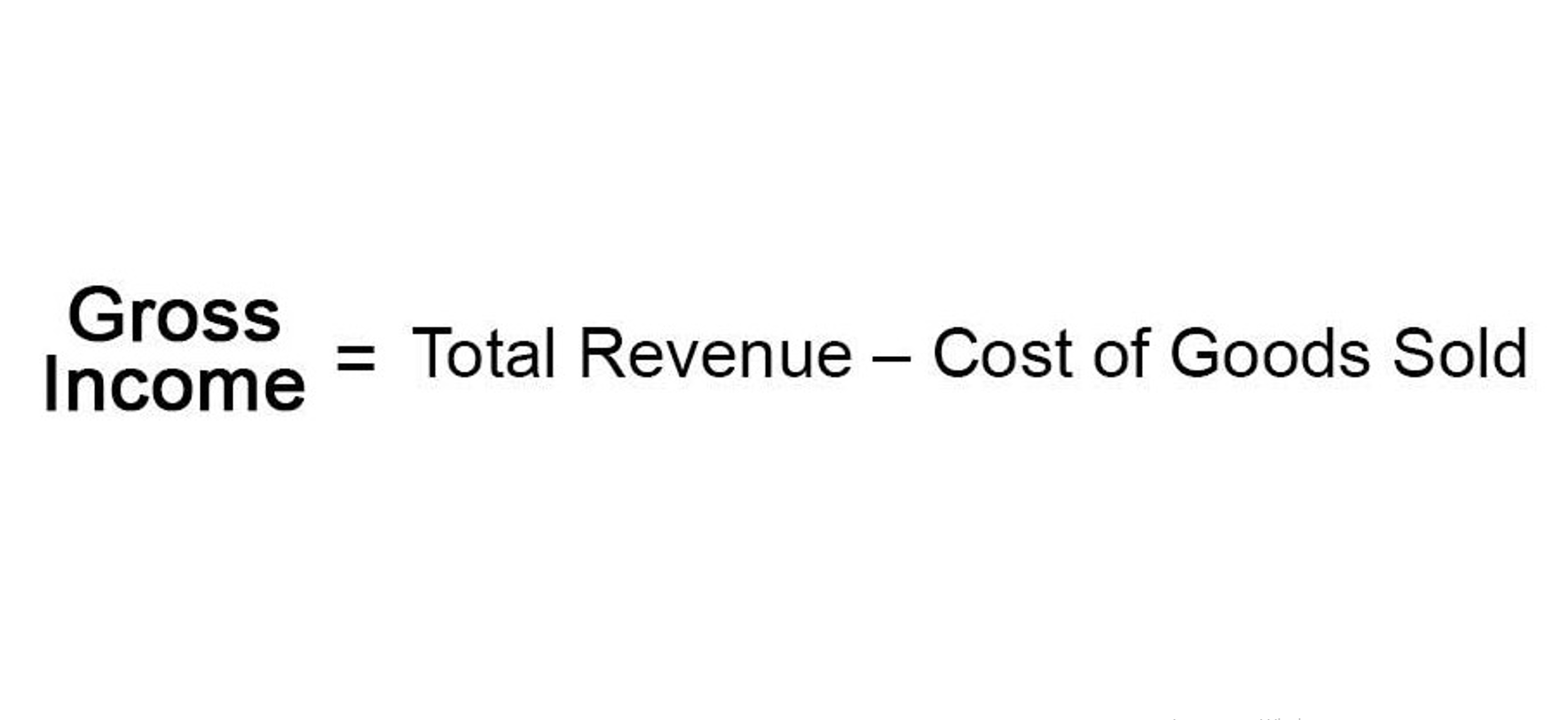Interest Tax Shield What Is It, Formula, Example, Benefits

In this article, we’ll go over why you should use tax shields and several types you can use now. The cash saved from reduced taxes could be diverted towards, payment of liabilities, business expansion, process upgradation or other valuable uses. The debt financing may, therefore, often prove to be much more advantageous than equity financing. This a tax reduction technique under which depreciation expenses are subtracted from taxable income.is is a noncash item, but we get a deduction from our taxable income. This will become a major source of cash inflow, which we saved by not giving tax on depreciation. Taking out loans from banks and other lenders might come with a higher interest rate.
Formula to Calculate Tax Shield (Depreciation & Interest)

Each of these tax shields comes with specific rules and is up to certain limits. The benefit of using depreciation with a tax shield is that you can subtract any depreciation expenses from taxable income. These intangible assets can affect your rate of tax and tax expense. The good news is that calculating a tax shield can be fairly straightforward to do as long as you have the right information. You will need to know your individual tax rate as well as the amount of all your tax-deductible expenses.

Step 1: Calculate the Base Case NPV (Assuming All-Equity Financing)
- If the metric of interest is cash flows on the other hand, then Company B is better.
- The tax shield is calculated simply by multiplying the total amount of interest paid by the corporate tax rate.
- However, the interest here pertains to the interest payments, not the interest income, as most companies consider interest payments deductible expenses.
- For example, if you borrow money for a new machine purchase and spend it on building renovation, it will not qualify.
- For instance, if your allowable interest tax cost is $2,000 and the effective tax rate is 25%, then your interest tax shield will be $500.
The first step is to find the interest cost limits and tax rate for the tax year. Another option is to acquire the asset on a lease rental of $ 25,000 per annum payable at the end of each year for 10 years. This is a huge benefit for individuals since the home is usually the largest asset any one person will ever purchase. It also means companies have more money available to reinvest back into the business for higher growth.
Valuation of Interest Tax Shields
A common reason of why governments grant interest tax shield to all commercial as well as individual entities is that they want to encourage more investments in their countries and/or states. It means a taxpayer may not be able to fully recover the interest cost of a large loan quickly. In that sense, it contributes to business expansion and growth plans as well as individual financial goals. Although you can use a term loan for any purpose but specific loans like a vehicle mortgage must be spent categorically. Then, you must spend the loan amount specifically taken for a purpose. For example, if you borrow money for a new machine purchase and spend it on building renovation, it will not qualify.
- However, you cannot deduct all types of interest expenses as individuals.
- The overall amount of tax the company owes subsequently lowers as a result.
- The tax shield approach will decrease taxable income and decrease the tax you owe.
- The project would have a life of 5 years at the end of which the plant and machinery could fetch a value of $30,00,000.
- The first step in calculating the interest tax shield is to know the limit of tax-deductible interest expenses.
- And debt can often be a necessary part of a company’s ability to operate.
- The interest tax shield relates to interest payments exclusively, rather than interest income.
Upper limits on tax deduction mean you may not fully recover the total cost of borrowing. Commercial loans often come with other types of expenses like loan originating tax shield fees. Businesses managing their debt financing well tend to borrow more. They also reap the rewards of paying lower taxes due to the interest tax shield.

Is Tax Shield the Same As Tax Savings?
- The interest deduction limit for a mortgage loan is $750,000 for joint filers.
- A tax shield is a way for individual taxpayers and corporations to reduce their taxable income.
- It also provides incentives to those interested in purchasing a home by providing a specific tax benefit to the borrower.
- For example, if you have a tax rate of 24 percent and you have $2,000 in mortgage interest, you can determine that your tax shield would be $480.
- Tax shields allow for taxpayers to make deductions to their taxable income, which reduces their taxable income.
Reconsidering the appropriate discount rate for tax shield valuation
Balancing Capital Structure


